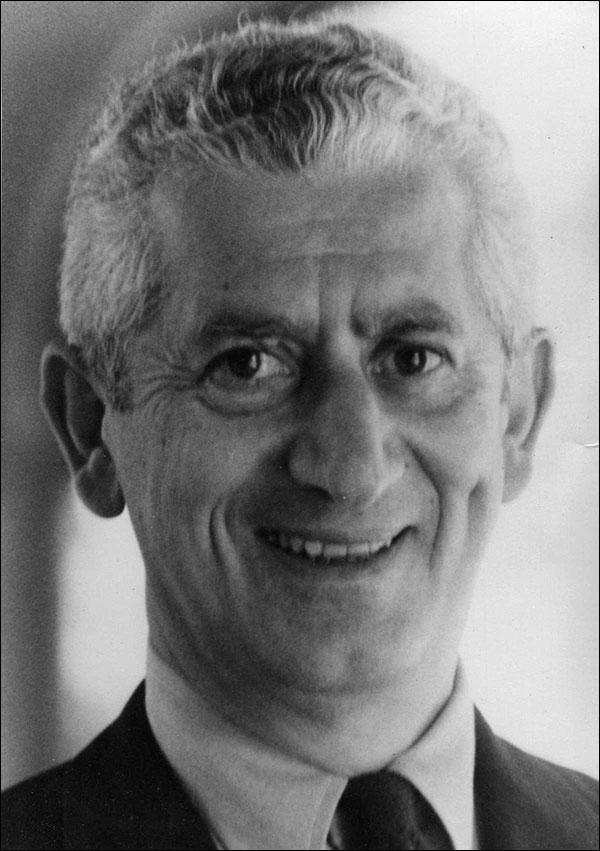Why the Flipped Classroom?
In 2006, Jonathan Bergmann and Aaron Sams began teaching together in the chemistry department at Woodland Park High School in Woodland County, Colorado, US. They happened to have very similar educational philosophies, so they decided to cooperate and plan together for chemistry lessons in order to save time and divide the tasks of preparing laboratories and tests between them.
However, they faced a challenge regarding students who engage in extracurricular sports activities that force them to spend a large amount of time traveling from their places of residence to schools and back, which prevented them from attending classes and submitting assignments on time. As a result, their academic achievement and performance in general declined, which put them in a constant struggle to catch up with the lessons they miss in a number of different curricula. This was where everything started.
After that challenge, Aaron and Jonathan's world changed, and they decided to cooperate to face it. An idea popped up in their minds when they found out about PowerPoint from the Microsoft Office suite, which is a program that presents slides with sounds and notes, which can be converted into a video that can be broadcast and distributed over the Internet through YouTube.
They expected that this idea would save them the effort of re-explaining to these particular students and help and support them to follow up on what is explained to their classmates when they have to miss chemistry lessons. This is exactly what happened after that, and whenever a student comes apologizing for being absent from class, asking about what they missed, the teacher would ask them to visit the website and watch the videos posted about the previous lesson and to review these videos, so they can ask them any questions about the lesson the next day.

Recorded lessons:
The absent students loved these recorded lessons, as they were now able to learn what they missed. The students present for the class would return to watch these recorded lessons as a kind of revision before exams, and the teacher was no longer forced to spend hours with students after school or during the break to track students who were absent and explain the lessons they missed.
What was not taken into account was the many messages of thanks and gratitude for the free lessons that many students and teachers were able to access from all over the world, which contributed to their learning and understanding of chemistry. Aaron and Jonathan happily commented, “A small deed in a small town has caught everyone’s attention across the country and outside it.”
This made Aaron and Jonathan reflect on the years gone by, and the extraordinary effort they made in an effort to help students who were unable to understand the scientific content of chemistry the first time during class, which led them to struggl with homework and lowered their motivation to learn.
What happened highlighted that the student who needs the teacher in person to explain the lesson to them is in fact in need of individual help. “Aaron” asked “Jonathan”: “What if we pre-recorded all the lessons? Will all the students be able to watch the video as homework, so we can use the actual class time to help students understand concepts they didn’t understand”? This was the birth of the flipped classroom.
Getting ready for the flipped classroom:
During the summer vacation, the two teachers recorded the lessons of the chemistry curriculum through evening and morning meetings. Students were distributed on fixed schedules at the beginning of the school year, in which Aaron and Jonathan meet with students for 95 minutes over 3 days a week to explain the difficult concepts and solve exercises during the lesson and apply practical experiments, while students have to attend the videos as homework, take notes, and write down questions to ask the teacher in the next class.
The result was that they came up with a more effective way to manage the lesson and to provide the best for the students. In addition, the students were able to complete the curriculum and solve all the exercises, as well as prepare for the end-of-year exams.
The videos were not the dominant method of teaching in the flipped classroom. Methods varied between research, investigation, and project presentation. It was a really resounding success.
Why should teachers today abandon the traditional way of teaching?
In the table below, we show you the most important general features of traditional education and the results of their application in school classes:
|
General features |
Traditional education |
Results |
|
The varying levels of the students +
Their huge numbers +
The cumulative curriculum +
The short time
|
The teacher cannot guarantee that each of their students has learned enough, given the varying levels of students and the huge volume of information that must be covered throughout the curriculum, while also ensuring that they have the skills necessary to master the subject. |
|
|
Carrying out diagnostic tests |
The teacher supervises the education of 150 students, and carrying out the diagnostic test is an impossible task. |
|
|
Class management |
Students have to sit in neat and attractive classes to listen to one expert, the teacher, who explains a topic, then they have to store this explanation in their memory, and recall it with the accompanying information that was previously memorized in preparation for the exam. |
|
|
Quantity and quality of learning |
Students in traditional education receive the same amount of education, of the same quality. |
|
|
Motivation to learn |
Students do not come to class with the same degree of readiness to learn. Some of them may lack the appropriate background related to the subject and have no desire to study it. Others may simply not feel comfortable with the traditional educational model. |
On the other hand:
- The Flipped Classroom establishes a practical framework that ensures that students receive an individual education that takes into account their needs and the differences between them. It also provides students with a variety of options for activities that contribute to understanding the multiple educational objectives of the same subject.
- The flipped classroom uses technology and takes advantage of it to push teachers to create a library of outstanding videos on the Internet for different materials and all topics that contribute to helping the student take responsibility for their learning, and at the same time allows them to easily access these videos and use them for a deeper understanding of the educational material. This is quite the opposite of what happens in traditional education.
It is necessary to take a closer look at Benjamin Bloom, who laid the foundation stone for the theory of mastery learning, which is fully applied through the flipped classroom model in education.
1The Mastery Learning Theory and The Flipped Classroom Model:
The flipped classroom model aims to apply the “mastery learning theory” and combine it with modern technology to create a productive and nurturing environment for learning on a permanent basis.
An Overview of Mastery Learning Theory:
The theory of mastery learning gained fame since its inception in the seventies of the twentieth century by the scientist “Benjamin Bloom”, who described institutions and educational institutions at that time as a racetrack where only the fastest competitors win. Likewise, education has turned into a race in which only the fastest learners and those most capable of comprehension and understanding win.

The main idea:
- Students learn a set of educational objectives according to their rates and their abilities to understand and comprehend.
- There is nothing wrong with mastering at least one objective as necessary to succeed in all of the objectives that contribute to that main objective.
This is in contrast to what happens in the traditional model where:
- All students are assigned the same topics or courses at the same time.
- Students perform the learning process on the basis of predetermined educational objectives, which do not always suit their abilities to understand and comprehend.
Key Components of Mastery Learning:
- Students’ performance depends on the comprehension and understanding rate that suits each of them.
- The teacher evaluates the students and measures their understanding.
- Students show how well they understand and comprehend the objectives through short or long tests.
- Therapeutic interventions are taken to raise the level and readiness of students who have not reached the mastery of the goal given to them.
The advantages of applying this theory have proven the success of the general idea, through:
- Studies and research that have shown that 80% of students can learn all the required content when the mastery learning theory is applied compared to only 20% of them who can reach this learning by applying the traditional model of explanation and teaching.
- Improving student achievement and progress.
- Higher rate of cooperation among students.
- Higher rate of student self-confidence, as they get a second chance to show how well they understand the objective given to them.
The challenges faced by teachers in applying mastery learning theory:
- It’s difficult for the teacher to repeat the lesson.
- The teacher has to write and present many varying methods.
- It’s difficult for the teacher to evaluate such a large number of educational objectives at the same time.
The partnership between Benjamin Bloom and Jonathan and Aaron:
The application of the “flipped classroom” theory helped find a solution to the challenges faced by the “mastery learning theory”, through the following points:
- The videos have reduced the burden of repetition for the teacher and made the learning process available and possible. Teachers could spend more time re-teaching the course to students who have difficulty understanding.
- The Flipped Classroom helped solve the problem of the growing number of tests necessary to achieve the Mastery Learning Theory, as:
- All assessment methods are now managed and directed by computer, and each student is assessed in a different way from the assessment of others.
- Students get different exam formats every time they take a test.
- Technology has made this work easier and more accessible, and has made it possible to have multiple means of assessment. It also contributed to reducing the time for sorting these assessments because the questions are sorted by the computer.
Finally:
These were the highlights of the first part of our series of articles, and the reasons why the Flipped Classroom Model is the perfect educational solution will be the focus of the second part of this series.